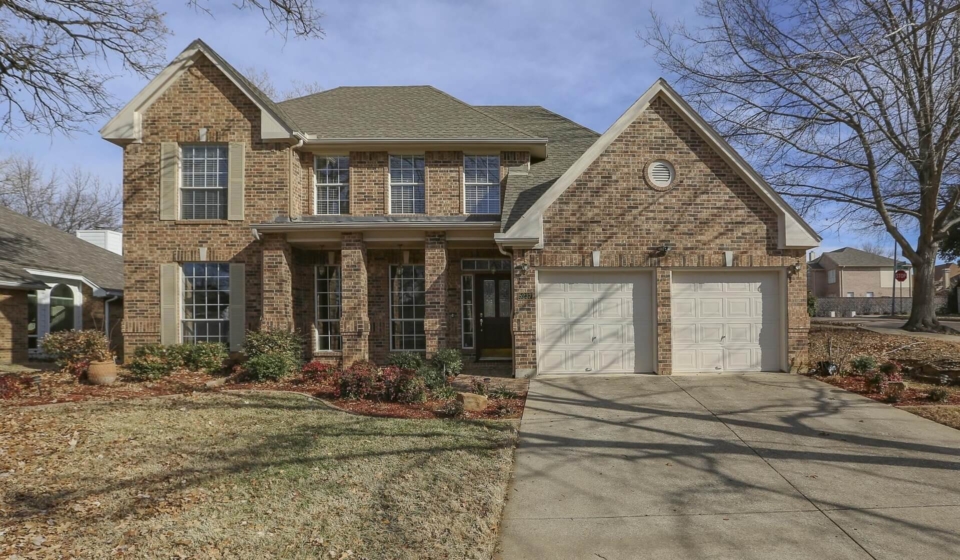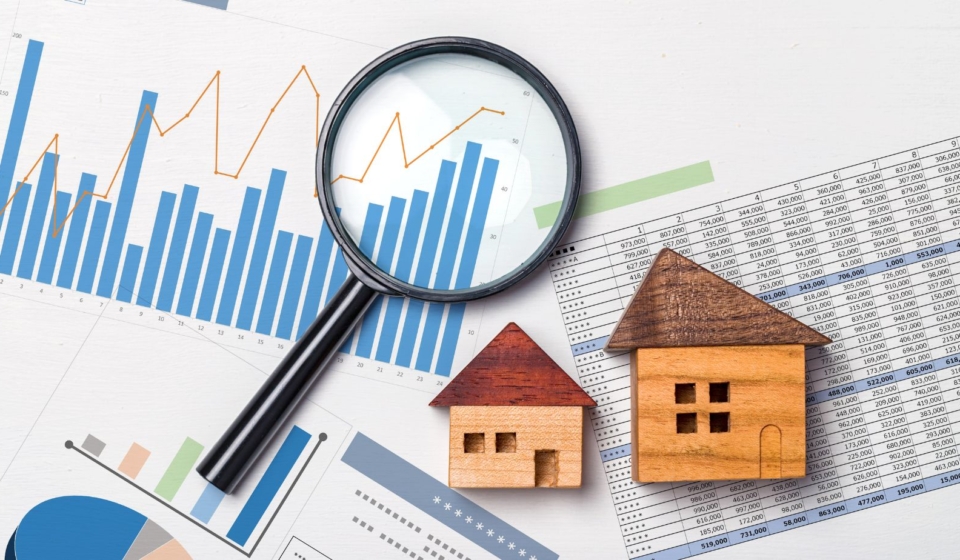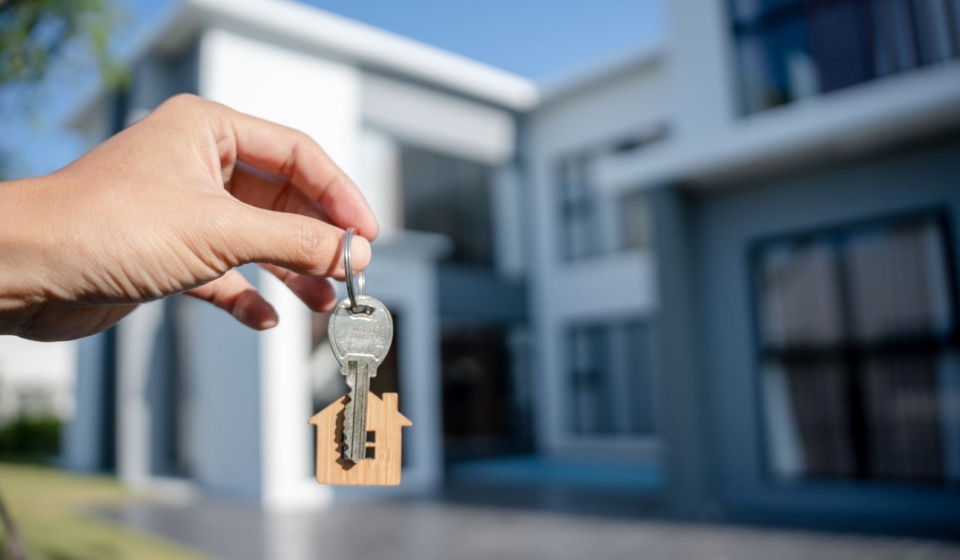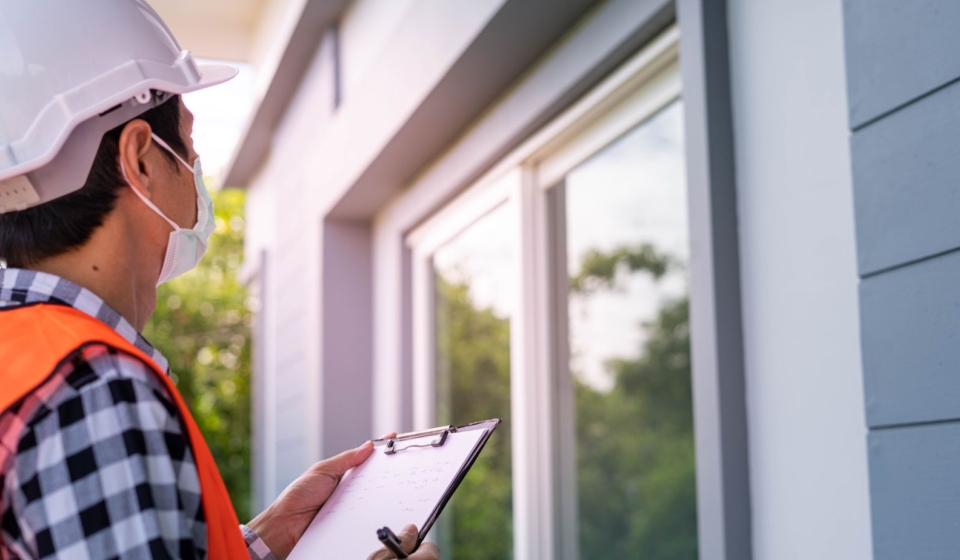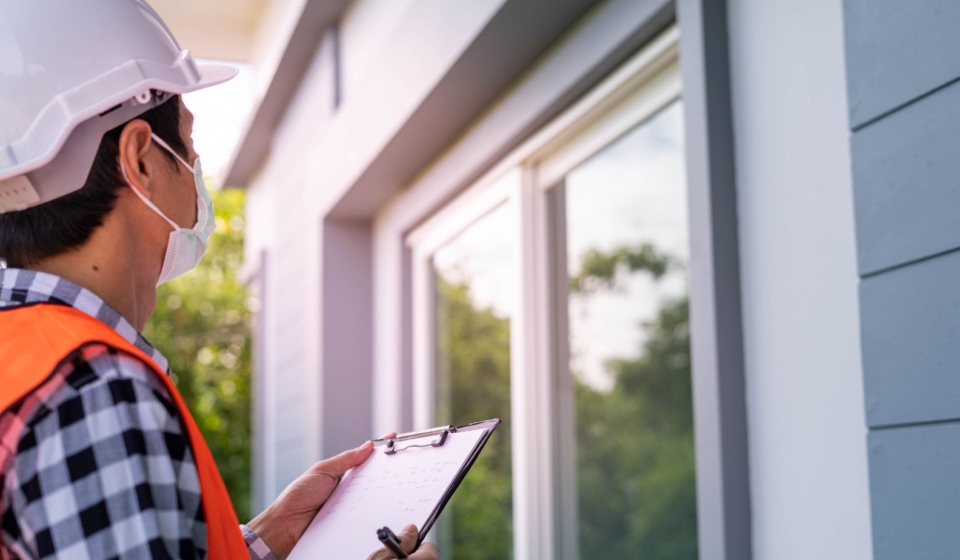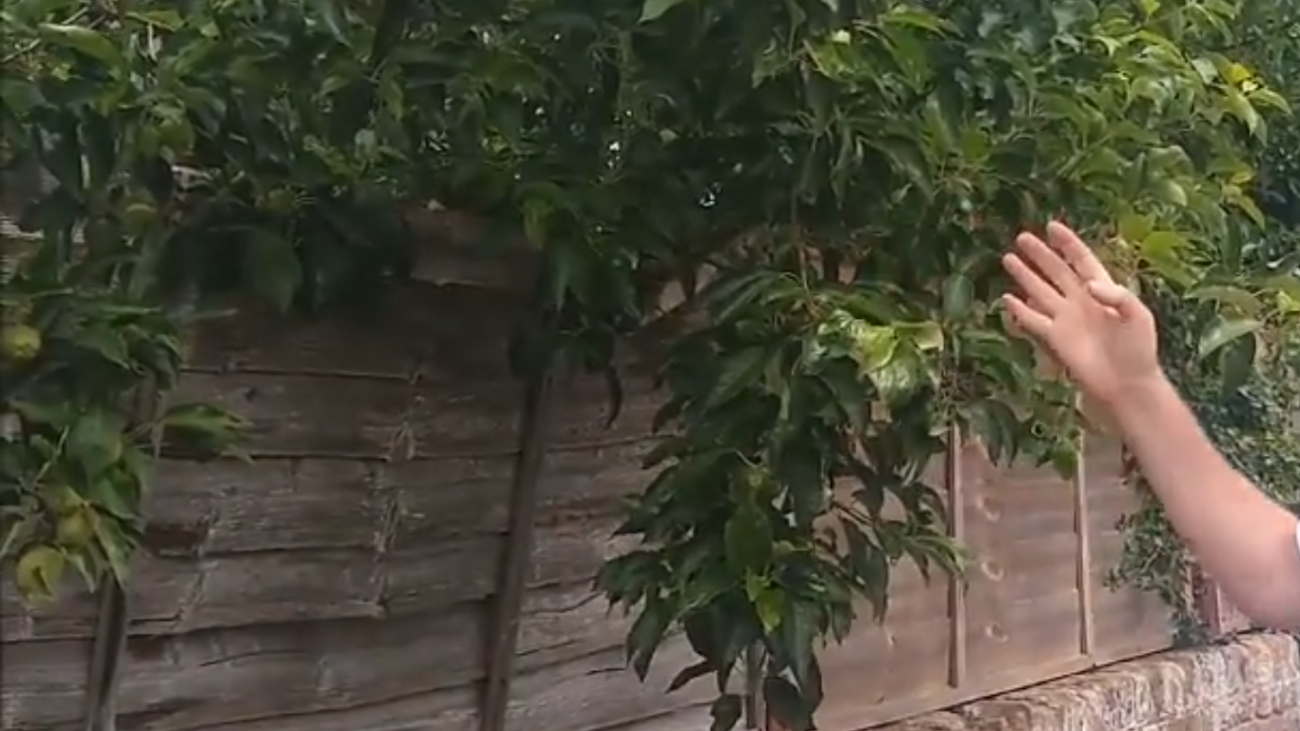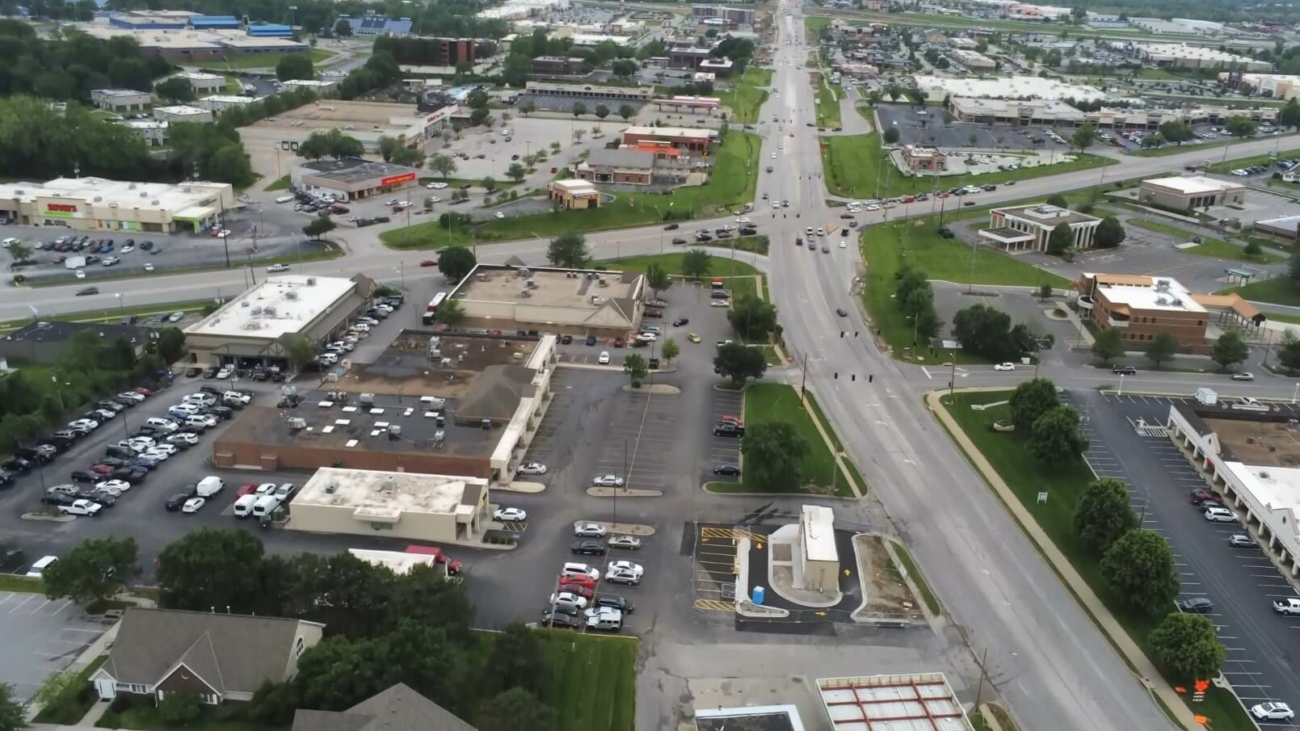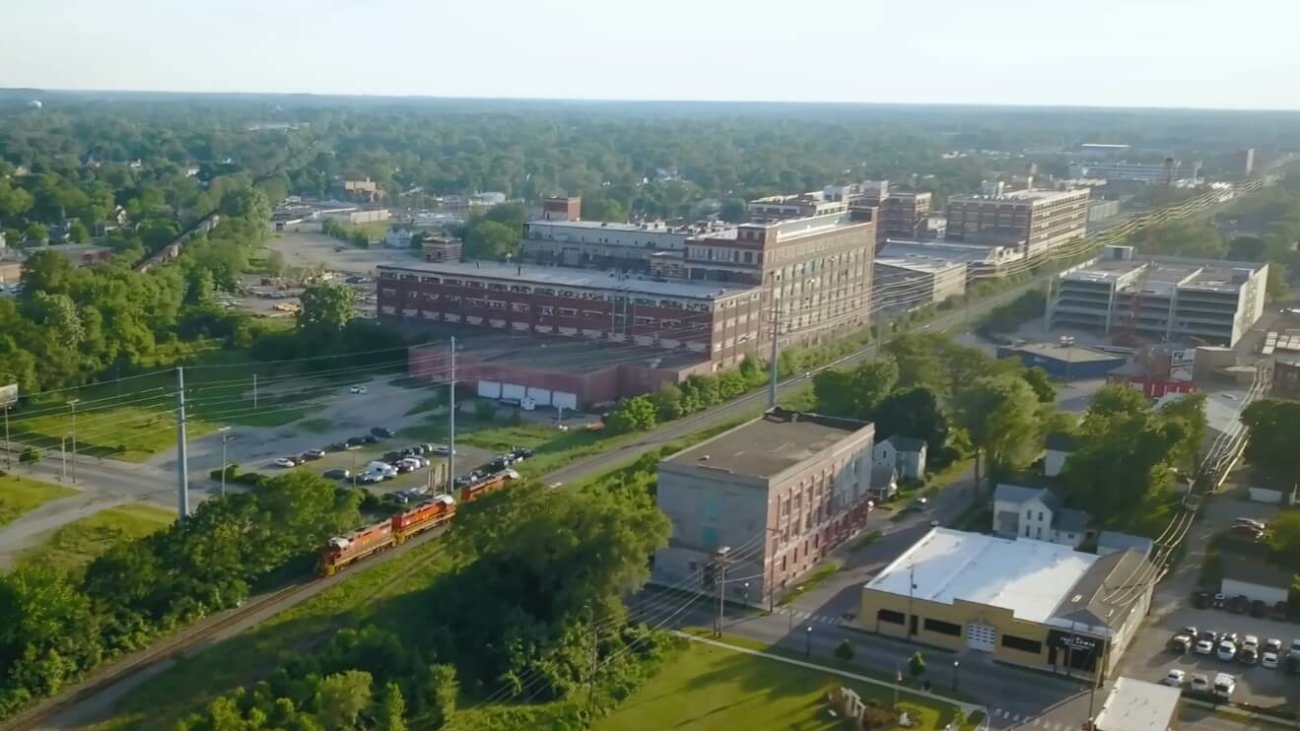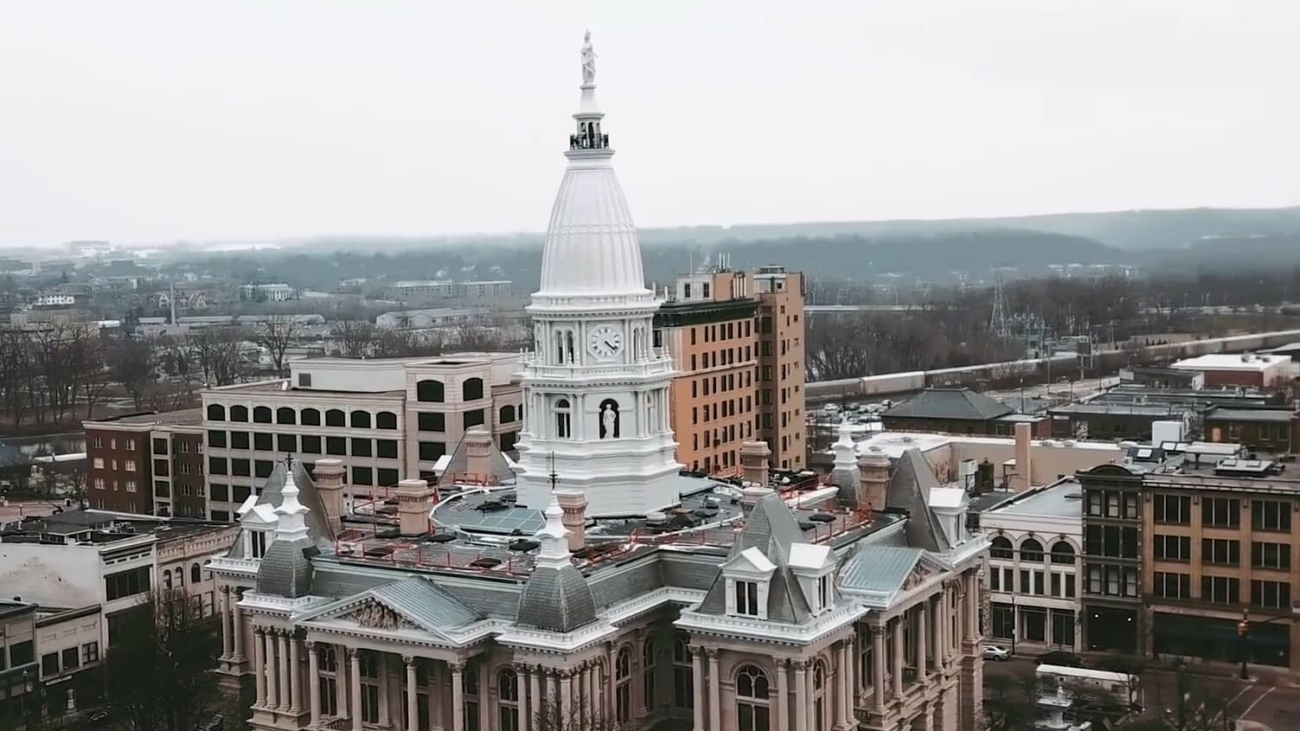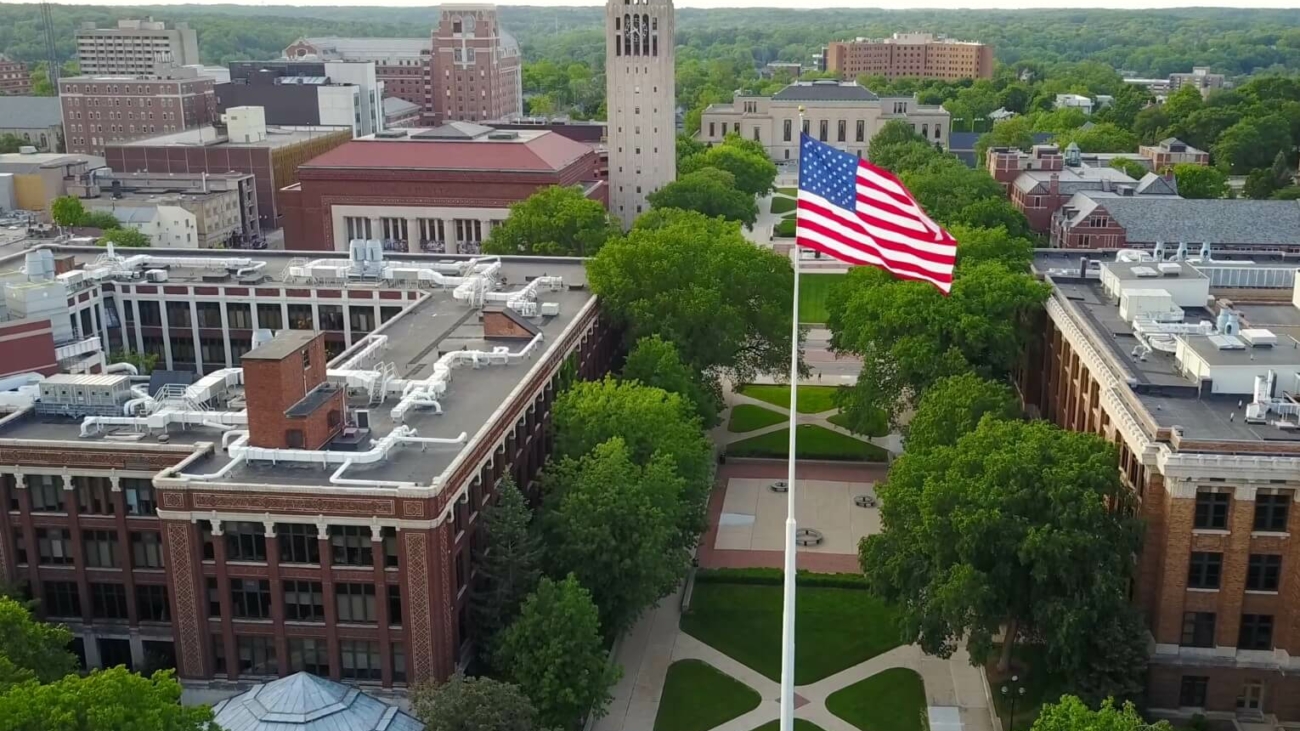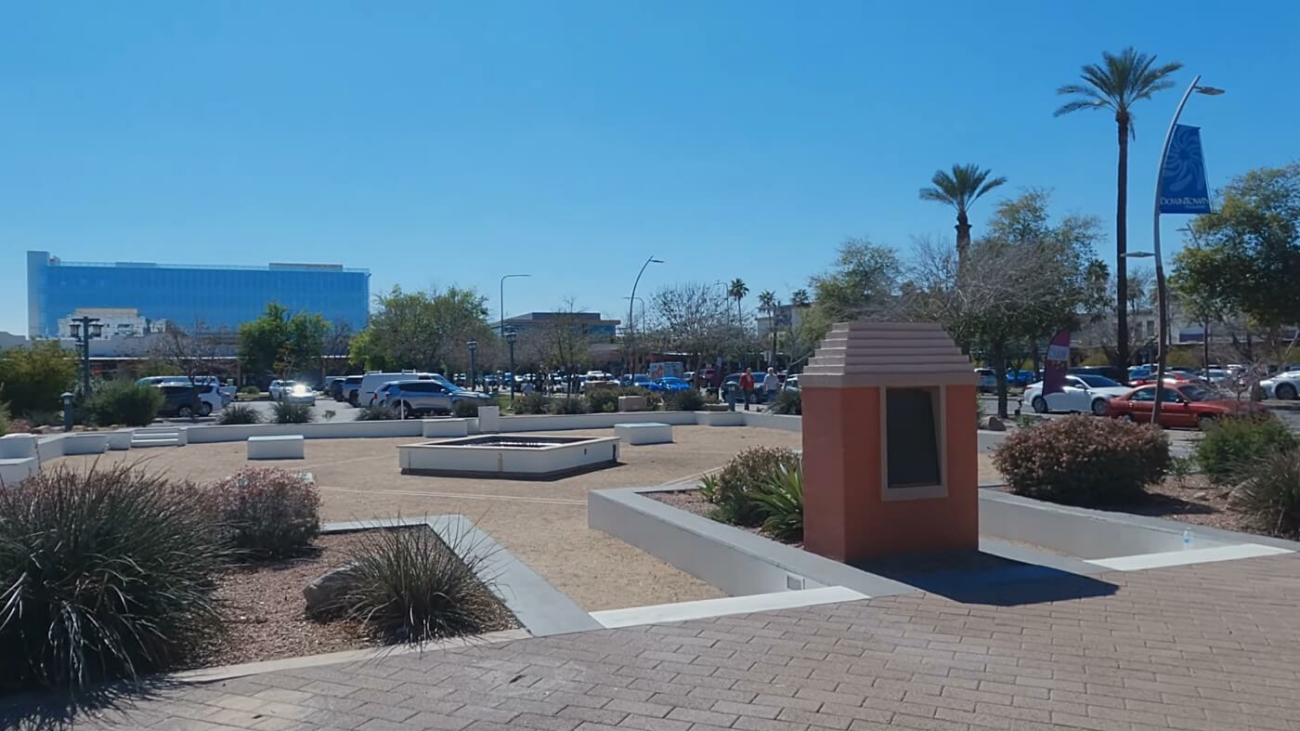Can You Throw Neighbors Tree Branches Back in Their Yard?
Trees provide several benefits to our lives, such as fruits, crops, materials, and aesthetic greenery for our gardens. However, trees must be maintained; if left unattended, the branches can overgrow in different directions or on your neighbor’s property.
These overgrown tree branches could harm nearby structures, obstruct sunlight, and scatter tree waste. You and your neighbor might have an argument about this tree issue.
But what happens when your neighbor’s tree branches fall on your property?
This article will discuss the legal aspects and answer the question, “Can I throw neighbors tree branches back in their yard?”

